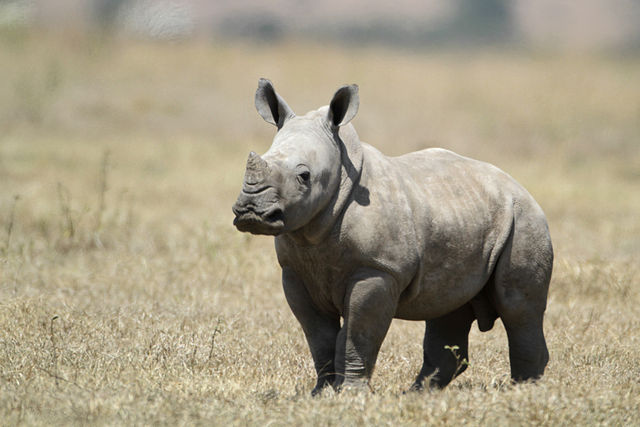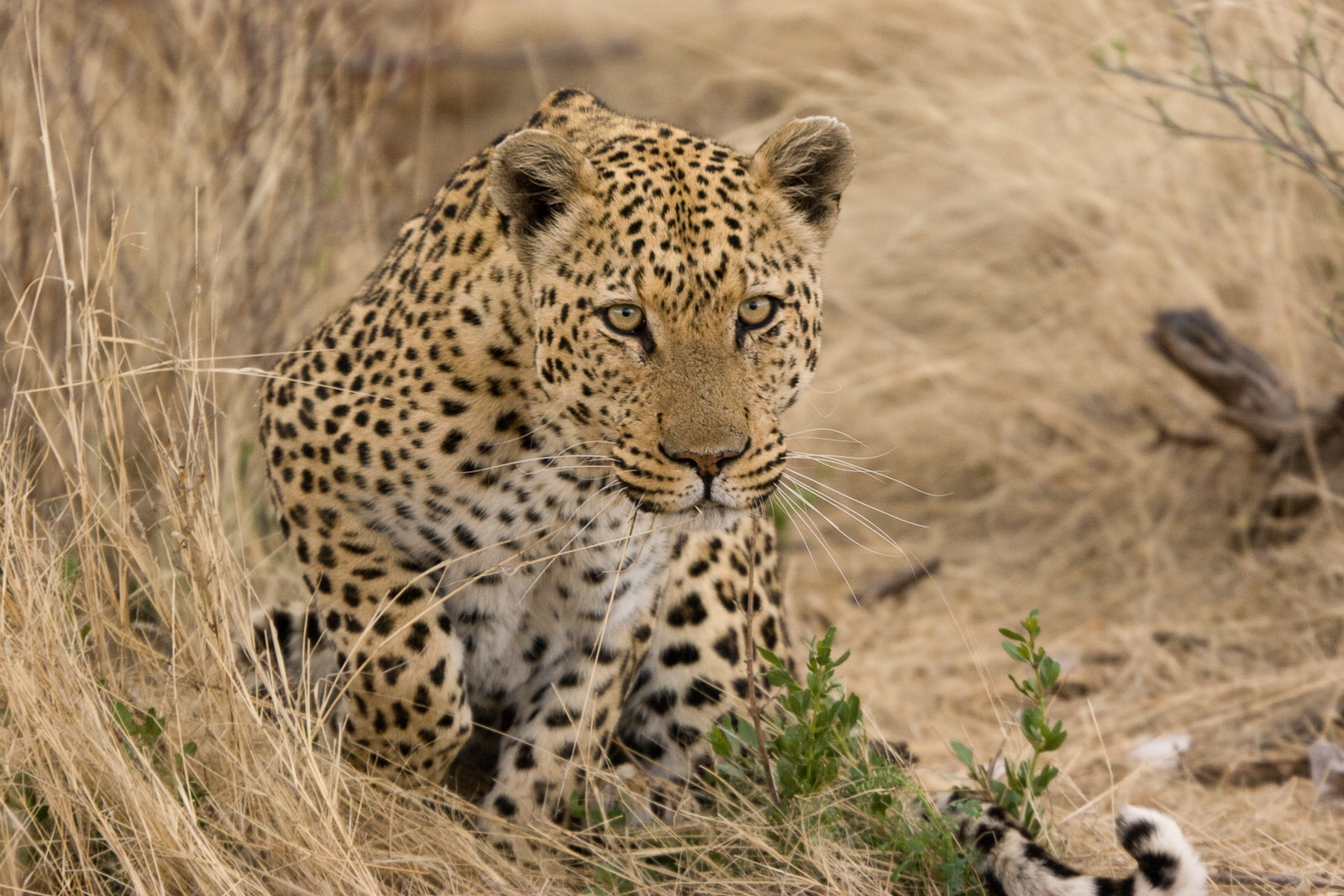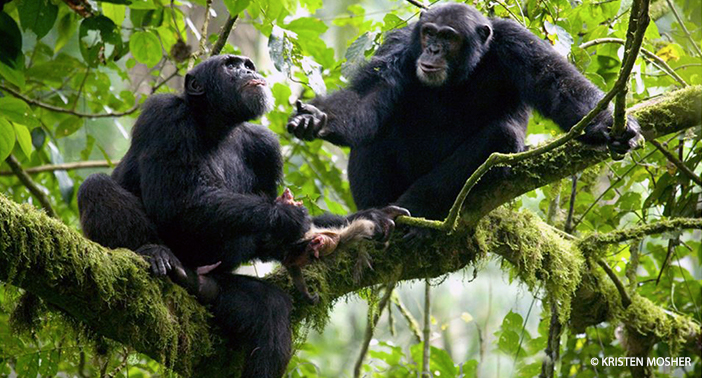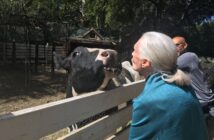Can the greatest weapon to combat wildlife trafficking be a microscope?
Scientists and researchers believe that the use of forensics can actually save endangered animals from their current plight. The site where an animal has been killed is a crime scene, and every article such as a rhino horn or the dust from an elephant’s tusk, are all evidence related to the crime. By using DNA analysis, researchers can track individual animals – where they were poached even – and at times can also pinpoint the exact poacher based on traces of evidence found on them or among their articles.

People like Dr. Cindy Harper, Director of the Rhino DNA Indexing System, RhODIS, want governments to exploit Crime Scene Investigation (CSI) technology. Currently, there are many restrictions, bans and issues associated with getting approval to conduct CSI work on wildlife crime and associated paraphernalia. The laws change from country to country, and there is no standard modus operandi that can be used by law enforcement across the globe to assess the instances of wildlife crime. RhODIS is keen to take their lab and their research global, making their database of research accessible across south-east asia.
“Rhino conservationists are proposing to CITES that any country where rhino horn is seized should automatically collect samples for forensic scientists and follow a new, standard procedure that means researchers worldwide can use the data.” (NewScientist)

There are several people that are trying to change these attitudes through awareness and information. Ken Goddard is one of these people. He has had an extensive career in forensics, and was one of the very first people to write a fiction book using a wildlife crime scene. He believes that through fiction and nonfiction writing about CSI, he can expose young minds to the benefits of using forensics in solving some of the most perplexing cases.
Find out more about Ken’s talk here.
Solving wildlife crime is like a giant mystery game of whodunnit. There are many different aspects and parts to it that make it so confusing. Many believe that the illegal trade in wildlife is now the 4th largest illegal trade in the world. It is a 23 billion dollar a year industry. This essentially means that the trade in animals and plants is just another branch of the international industry of global crime. It is only natural then that law enforcement should and is beginning to have a greater presence in tracking down poachers. Hopefully, the sooner that CSI forensic techniques are implemented and information is shared, we can start figuring out how to tackle this issue.

Photo courtesy of Kristin Mosher.
Perhaps, resources can develop further and have implications for other species, like the Great Apes?
Join Jane’s Traffic Stop and stop wildlife trafficking in its tracks.
Start saving wildlife now: sign & share our petition here.






